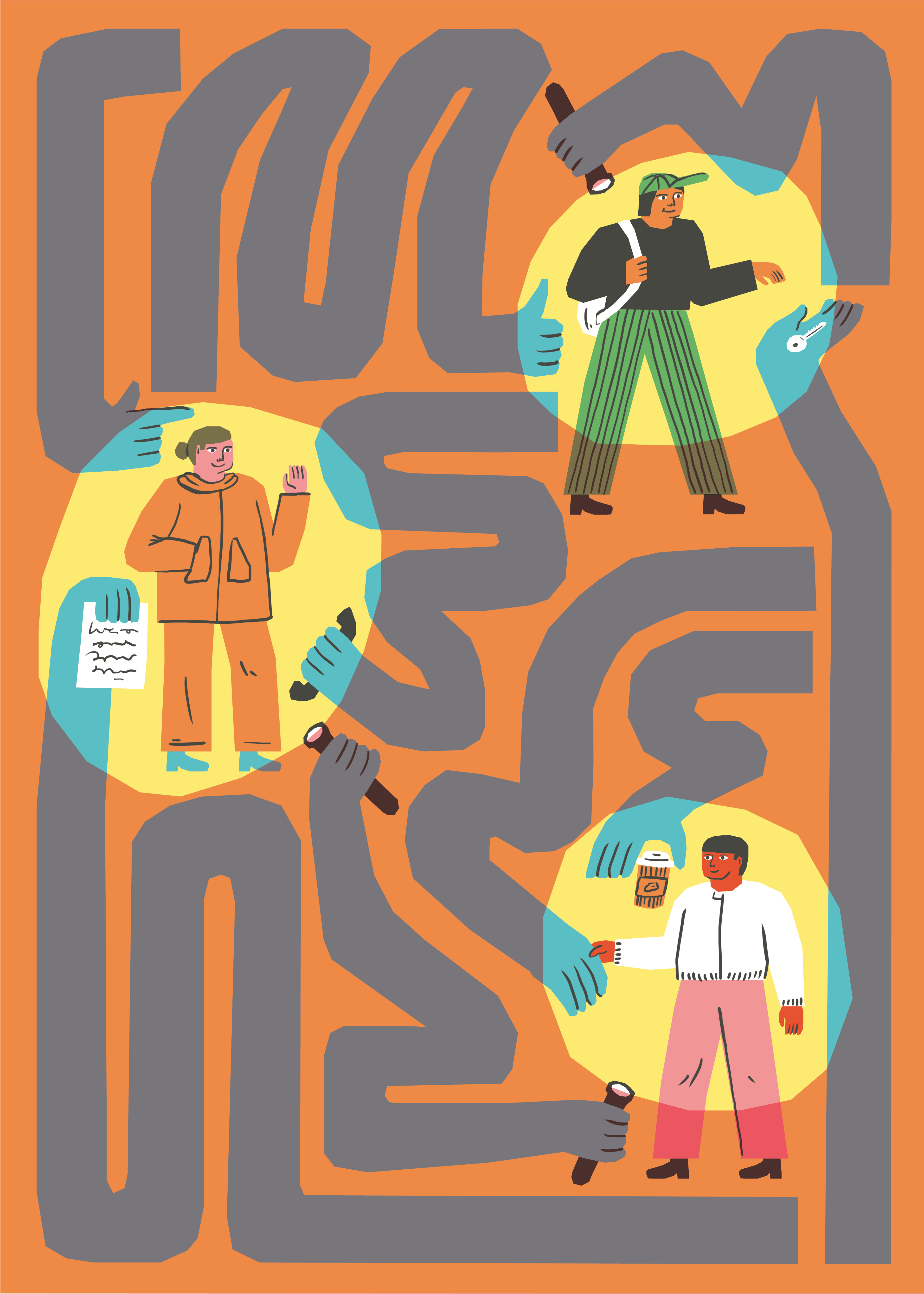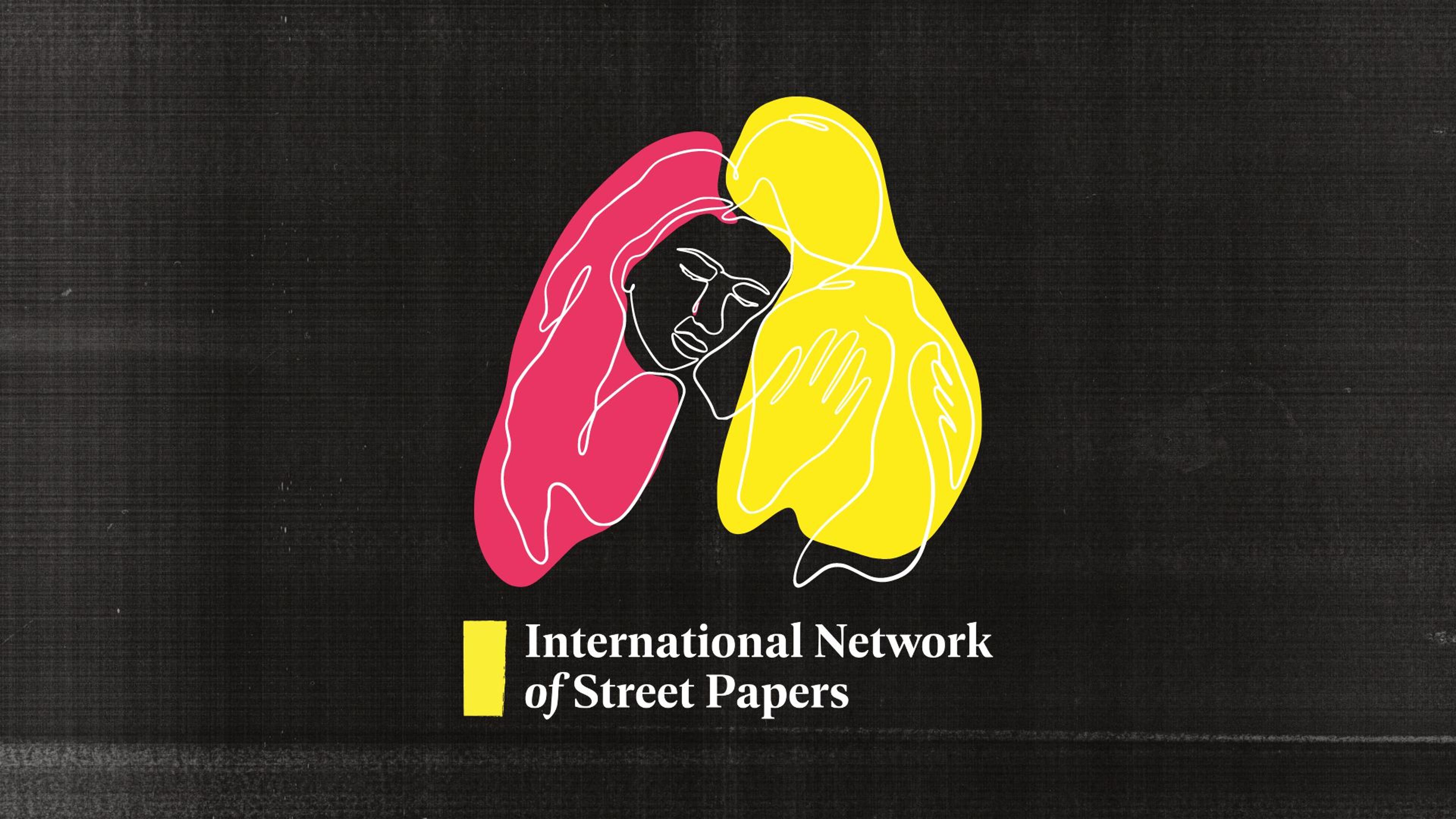Australia’s 'Advance to Zero' approach to ending homelessness
By Sinéad Stubbins
- News

What if homelessness was a rare occurrence rather than a widespread issue? By addressing homelessness via the Advance to Zero approach, communities and agencies around Australia are working together to reach “functional zero” – where housing and services are available for everyone who needs them.
Alex had been sleeping rough in Melbourne on and off for 10 years. It didn’t feel like there was any way out. “I’d actually gotten to the point of just going, this is my life now, I will die on these streets eventually,” she says.
After a stretch of four years of continuous homelessness leaving her “scared out of my mind”, Alex took herself to the emergency room of the Royal Melbourne Hospital to ask for help. There, she connected with a case worker at Launch Housing. “They got me into the H2H program [Victoria’s From Homelessness to a Home initiative] and it took a little while, but from there, that got me a home,” she says. “That got me set up again.”
Alex has been in her home for over a year now and is sharing her story as part of the Melbourne Zero campaign to end homelessness. Powered by Launch and supported by an alliance of organisations (including The Big Issue), the project is working to reach “functional zero” – a milestone that indicates that there are enough houses and services for everyone who needs them. As result, any experiences of sleeping rough will be rare, brief and non‑recurring.
“We need to have a system of response that’s so efficient and so effective [that] we get to that point where homelessness becomes rare, rather than endemic, which is what it seems to be right now,” says Launch Housing’s George Hatvani. “That’s the target of functional zero.”
Melbourne Zero is part of a broader national movement, all using the Advance to Zero approach to end rough sleeping one community at a time. It’s achieved by coordinating different agencies to work together instead of in silos – and to operate on a hyper-local level. One of the ways this is done is through the By Name List. Here, every person sleeping rough in a community is added to a register not as a number, but as a named individual with specific needs. All the agencies in that area then come together to meet the needs of that person – like accessing healthcare and material services for them – and continue to work together to house them. It’s a triage strategy that means that people are less likely to fall through the cracks. Hatvani says there are “close to 20” communities in Australia successfully using this coordinated approach.
“We work closely with the local government. We work closely with the agencies in their local area. We’re sharing knowledge about what’s working and what’s not working,” he says, adding that they’ve been inspired by similar work in the US and Canada, where the program has been running since 2015 (in the US at least 14 communities have actually achieved functional zero).

Illustration by Benji Spence
The City of Port Phillip in bayside Melbourne was the first area to launch Advance to Zero in Australia in 2019. Since then, they’ve housed 108 people who were previously sleeping rough. “It just shows what’s possible when there’s support available,” says Hatvani. “We can move people out of sleeping rough and into housing easily – if there are resources.”
Lack of social housing, and the time it takes to get people housed, are barriers to the program. Hatvani is operating in Victoria, where “the stock of social housing is way below the national average”: the waiting list grew by 45 per cent between 2018 and 2022. Nationally, there are 175,600 households waiting for a home.
The aim of the By Name List isn’t just securing housing for vulnerable people. Once they’re housed, individuals are still offered support services tailored to their particular needs.
“What we know is that there are many reasons why people lose their housing. And they don’t go away once we find them housing,” says Hatvani. “For some people, they just need a little bit of help to get access to that housing and get themselves set up. Other people need support for the rest of their lives.”
When Alex was first housed, she says that it took about six months to “really settle in there, feel comfortable and not nervous”. Once she did feel safe, she began to process other things that the trauma of homelessness hadn’t allowed her to reflect on before, such as her place in the LGBTQI+ community.
“I’m transgender, and I kept saying to people that I don’t think being transgender had anything to do with me becoming homeless. But I’ve been looking back, and it obviously does have a major part to do with it because again, that was part of the whole anxiety and depression of me not being myself,” she says.
“I’m slowly becoming who I wanna be in the world, which helps with that.”

Illustration by Benji Spence
People experiencing homelessness often need to be so focused on their immediate survival that common health problems fall by the wayside. When they are finally housed, there can be an overwhelming period of addressing the issues that have built up over time.
“Sometimes it’s like this cascade of critical issues that hits them. When you’re in a situation where you’re constantly vigilant, you’re really focused on what do I need right now?”says Hatvani. “Then you get into those four walls, and suddenly you can pay attention to your body and things come up – it’s a really scary time for people. So many people die as soon as they get into housing. It’s shocking.”
Functional zero is not without its critics. Some homelessness advocacy groups in the US say that by claiming “zero homelessness” communities will wrongly assume that the issue has been resolved. Megan Hustings, from the National Coalition for the Homeless, told the International Network of Street Papers that the program doesn’t tackle the root causes of homelessness, such as the shortage of affordable housing, stagnant wages and family violence. The By Name List covers only those sleeping rough – around six per cent of the 122,000-plus people experiencing homelessness every night – and not those sleeping in a car, couch surfing, in temporary accommodation or shelters.
But this focused, community-confined approach is getting results. “I think we’ve had this sort of mindset for quite a long time about homelessness, we’ve come to accept it almost,” says Hatvani. “I think there’s a dehumanising aspect to some of our interactions with people sleeping rough. This approach is about the person, the individual – what do they want? What do they need?
“At that moment in time, that person is going through so much dreadful stuff, and if we can help them in that moment and then on that pathway, there is change over time.”
As for Alex, finding her home has given her peace. It’s also given her the mental space to do things she used to enjoy, like making art. “I started putting up pictures and, and frames on the wall and buying things for the house and working on the garden,” she says. “I feel safe. I don’t feel like I’m ever going back to the streets anymore.”
Support our News Service
We believe journalism can change lives, perceptions, and society - underpinning democracy for a more equitable world. Learn more about the INSP News Service and how to support it here.


